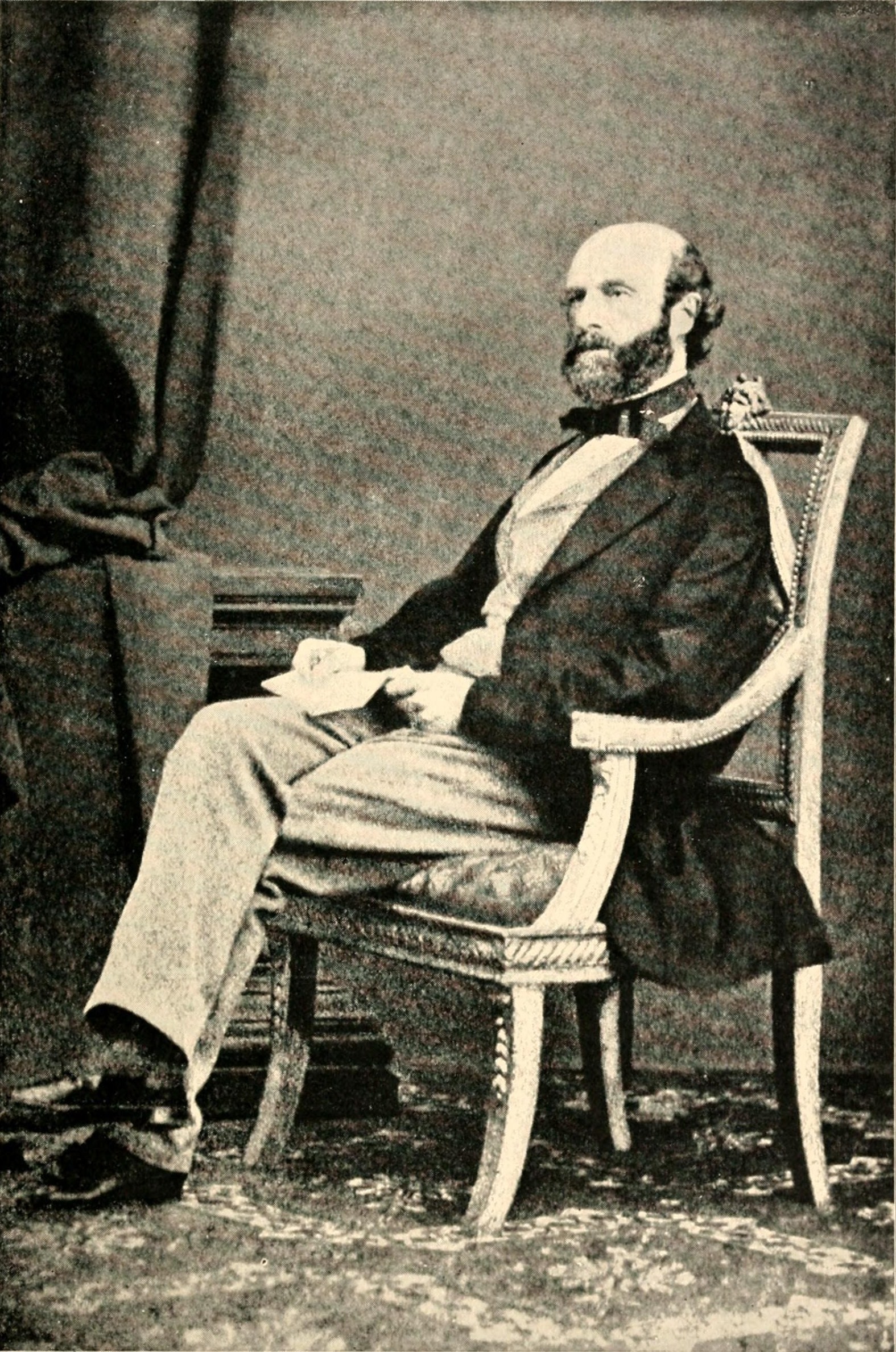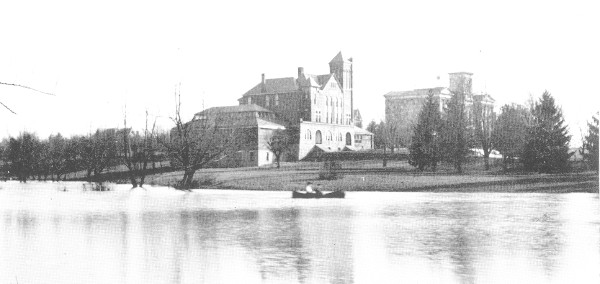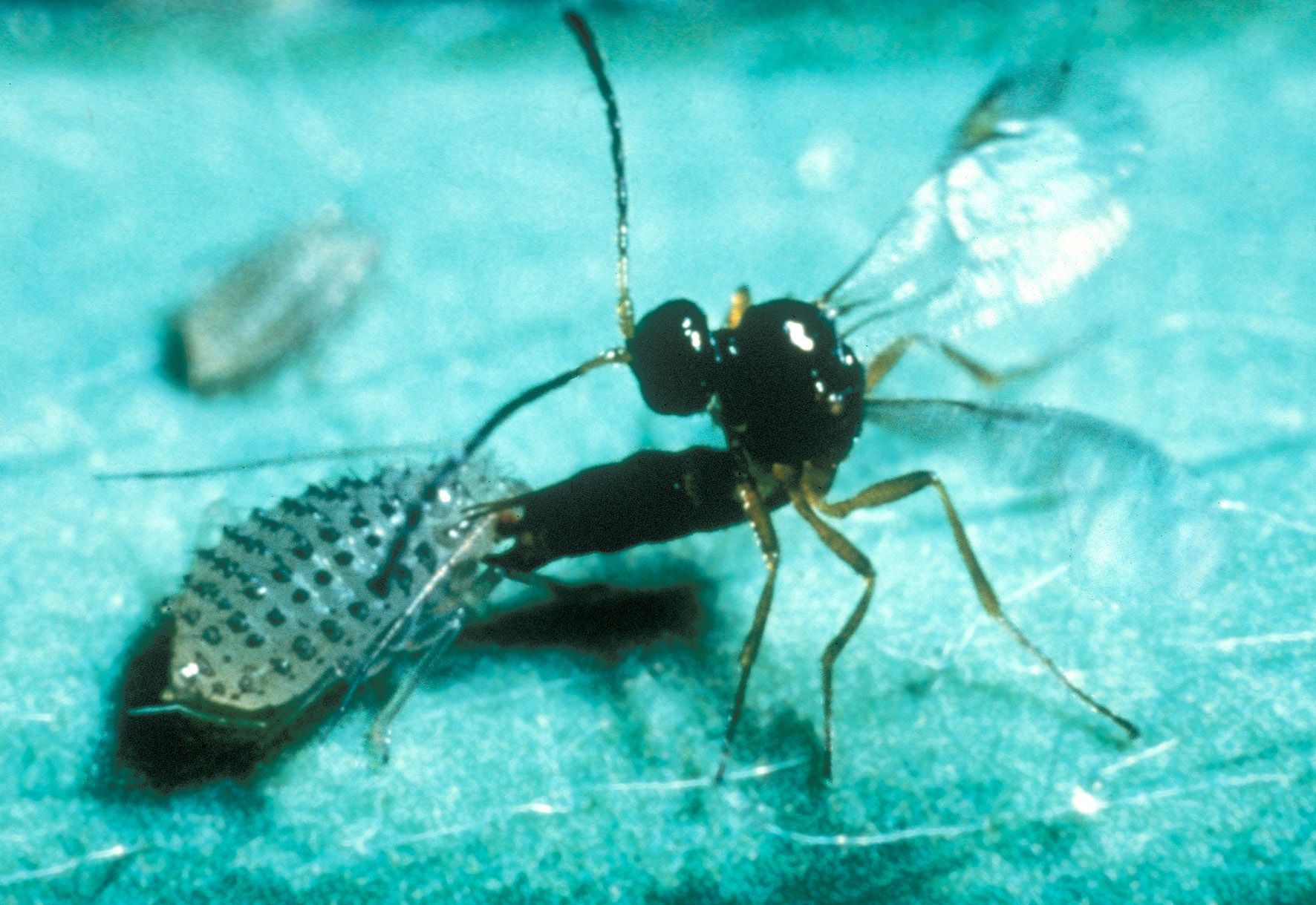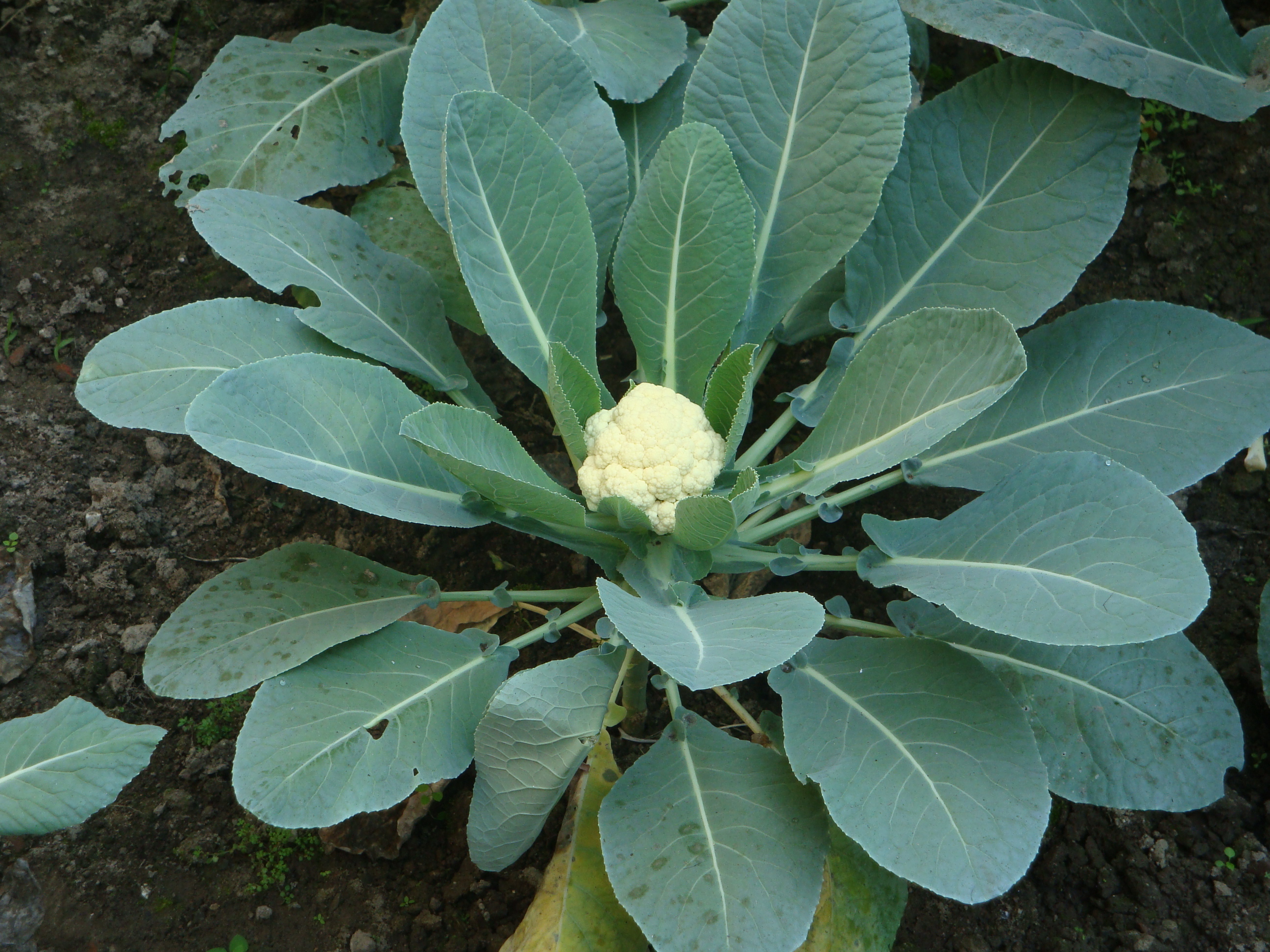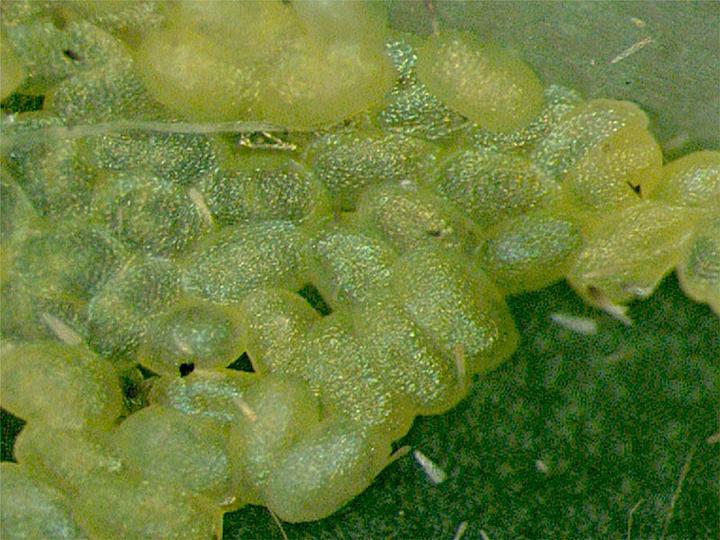|
Cotesia Plutellae
''Cotesia vestalis'' is a parasitoid wasp that appears to be able to detect volatile organic compounds emitted by the plant ''Brassica oleracea'' in response to herbivore damage, such as would be caused (for example) by heavy infestation with the wasp's host caterpillar ''Plutella xylostella''. Diseases ''Cotesia vestalis'' suffers from a polydnavirus ''Polydnaviriformidae'' ( PDV) is a family of insect viriforms; members are known as polydnaviruses. There are two genera in the family: '' Bracoform'' and '' Ichnoviriform''. Polydnaviruses form a symbiotic relationship with parasitoid wasps. ..., '' Cotesia vestalis bracovirus''. References External links YouTube video of ''C. vestalis'' attacking host caterpillarsPhotograph of ''C. vestalis'' Microgastrinae Hymenoptera of Europe Biological pest control wasps Insects described in 1834 {{Ichneumonoidea-stub ... [...More Info...] [...Related Items...] OR: [Wikipedia] [Google] [Baidu] |
Alexander Henry Haliday
Alexander Henry Haliday (1806–1870, also known as Enrico Alessandro Haliday, Alexis Heinrich Haliday, or simply Haliday) was an Ireland, Irish entomologist. He is primarily known for his work on Hymenoptera, Diptera, and Thysanoptera, but worked on all insect orders and on many aspects of entomology. Haliday was born in Carnmoney, County Antrim later living in Holywood, County Down, Holywood, County Down, Ireland. A boyhood friend of Robert Templeton, he divided his time between Ireland and Lucca, where he co-founded the La Società Entomologica Italiana, Italian Entomological Society with Camillo Rondani and Adolfo Targioni Tozzetti. He was a member of the Royal Irish Academy, the Belfast Natural History Society, the Royal Microscopical Society, Microscopical Society of London, and the Galileiana Academy of Arts and Science, as well as a fellow of the (now Royal) Royal Entomological Society, Entomological Society of London. Alexander Haliday was among the greatest dipterists ... [...More Info...] [...Related Items...] OR: [Wikipedia] [Google] [Baidu] |
University Of Kentucky
The University of Kentucky (UK, UKY, or U of K) is a Public University, public Land-grant University, land-grant research university in Lexington, Kentucky, United States. Founded in 1865 by John Bryan Bowman as the Agricultural and Mechanical College of Kentucky, the university is one of the state's two land-grant universities (the other being Kentucky State University). It is the institution with the highest enrollment in the state, with 35,952 students in the fall of 2024. The institution comprises 16 colleges, a graduate school, 93 undergraduate programs, 99 master's degrees, master programs, 66 Doctor of Philosophy, doctoral programs, and 4 professional programs. It is Carnegie Classification of Institutions of Higher Education, classified among "R1: Doctoral Universities – Very high research activity". According to the National Science Foundation, Kentucky spent $476.5 million on research and development in 2022, ranking it 61st in the nation. The University of Kentuc ... [...More Info...] [...Related Items...] OR: [Wikipedia] [Google] [Baidu] |
Parasitoid
In evolutionary ecology, a parasitoid is an organism that lives in close association with its host (biology), host at the host's expense, eventually resulting in the death of the host. Parasitoidism is one of six major evolutionarily stable strategy, evolutionary strategies within parasitism, distinguished by the fatal prognosis for the host, which makes the strategy close to predation. Among parasitoids, strategies range from living inside the host (''endoparasitism''), allowing it to continue growing before emerging as an adult, to Paralysis, paralysing the host and living outside it (''ectoparasitism''). Hosts can include other parasitoids, resulting in hyperparasitism; in the case of oak galls, up to five levels of parasitism are possible. Some parasitoids Behavior-altering parasite, influence their host's behaviour in ways that favour the propagation of the parasitoid. Parasitoids are found in a variety of Taxon, taxa across the insect superorder Endopterygota, whose compl ... [...More Info...] [...Related Items...] OR: [Wikipedia] [Google] [Baidu] |
Wasp
A wasp is any insect of the narrow-waisted suborder Apocrita of the order Hymenoptera which is neither a bee nor an ant; this excludes the broad-waisted sawflies (Symphyta), which look somewhat like wasps, but are in a separate suborder. The wasps do not constitute a clade, a complete natural group with a single ancestor, as bees and ants are deeply nested within the wasps, having evolved from wasp ancestors. Wasps that are members of the clade Aculeata can sting their prey. The most commonly known wasps, such as yellowjackets and hornets, are in the family Vespidae and are eusocial, living together in a nest with an egg-laying queen and non-reproducing workers. Eusociality is favoured by the unusual haplodiploid system of sex determination in Hymenoptera, as it makes sisters exceptionally closely related to each other. However, the majority of wasp species are solitary, with each adult female living and breeding independently. Females typically have an oviposit ... [...More Info...] [...Related Items...] OR: [Wikipedia] [Google] [Baidu] |
Volatile Organic Compounds
Volatile organic compounds (VOCs) are organic compounds that have a high vapor pressure at room temperature. They are common and exist in a variety of settings and products, not limited to house mold, upholstered furniture, arts and crafts supplies, dry cleaned clothing, and cleaning supplies. VOCs are responsible for the odor of scents and perfumes as well as pollutants. They play an important role in communication between animals and plants, such as attractants for pollinators, protection from predation, and even inter-plant interactions. Some VOCs are dangerous to human health or cause harm to the environment, often despite the odor being perceived as pleasant, such as " new car smell". Anthropogenic VOCs are regulated by law, especially indoors, where concentrations are the highest. Most VOCs are not acutely toxic, but may have long-term chronic health effects. Some VOCs have been used in pharmaceutical settings, while others are the target of administrative controls ... [...More Info...] [...Related Items...] OR: [Wikipedia] [Google] [Baidu] |
Brassica Oleracea
''Brassica oleracea'', also known as wild cabbage in its uncultivated form, is a plant of the family Brassicaceae. The species originated from feral populations of related plants in the Eastern Mediterranean, where it was most likely first cultivated. It has many common cultivars used as vegetables, including cabbage, broccoli, cauliflower, kale, Brussels sprout, Collard (plant), collard, Savoy cabbage, kohlrabi, and gai lan. Description Wild ''B. oleracea'' is a tall biennial plant, biennial or perennial plant that forms a stout Rosette (botany), rosette of large leaves in the first year. The grayish-green leaves are fleshy and thick, helping the plant store water and nutrients in difficult environments. In its second year, a woody spike grows up to tall, from which branch off stems with long clusters of yellow four-petaled flowers. Taxonomy Origins According to the Triangle of U theory, ''B. oleracea'' is very closely related to five other species of the genus ... [...More Info...] [...Related Items...] OR: [Wikipedia] [Google] [Baidu] |
Herbivore
A herbivore is an animal anatomically and physiologically evolved to feed on plants, especially upon vascular tissues such as foliage, fruits or seeds, as the main component of its diet. These more broadly also encompass animals that eat non-vascular autotrophs such as mosses, algae and lichens, but do not include those feeding on decomposed plant matters (i.e. detritivores) or macrofungi (i.e. fungivores). As a result of their plant-based diet, herbivorous animals typically have mouth structures ( jaws or mouthparts) well adapted to mechanically break down plant materials, and their digestive systems have special enzymes (e.g. amylase and cellulase) to digest polysaccharides. Grazing herbivores such as horses and cattles have wide flat- crowned teeth that are better adapted for grinding grass, tree bark and other tougher lignin-containing materials, and many of them evolved rumination or cecotropic behaviors to better extract nutrients from plants. A larg ... [...More Info...] [...Related Items...] OR: [Wikipedia] [Google] [Baidu] |
Diamondback Moth
The diamondback moth (''Plutella xylostella''), sometimes called the cabbage moth, is a moth species of the family Plutellidae and genus '' Plutella''. The small, grayish-brown moth sometimes has a cream-colored band that forms a diamond along its back. The species may have originated in Europe, South Africa, or the Mediterranean region, but it has now spread worldwide. The moth has a short life cycle (14 days at 25 °C), is highly fecund, and is capable of migrating long distances. Diamondback moths are considered pests as they feed on the leaves of cruciferous crops and plants that produce glucosinolates. However, not all of these plants are equally useful as hosts to the moth. Because of this, studies have suggested using wintercress as a trap crop around agricultural fields because diamondback moths are highly attracted to that plant but their larvae fail to survive when eggs are laid on it. Originally, pesticides were used to kill the moths but diamondbacks have d ... [...More Info...] [...Related Items...] OR: [Wikipedia] [Google] [Baidu] |
Biological Sciences
Biology is the scientific study of life and living organisms. It is a broad natural science that encompasses a wide range of fields and unifying principles that explain the structure, function, growth, origin, evolution, and distribution of life. Central to biology are five fundamental themes: the cell as the basic unit of life, genes and heredity as the basis of inheritance, evolution as the driver of biological diversity, energy transformation for sustaining life processes, and the maintenance of internal stability (homeostasis). Biology examines life across multiple levels of organization, from molecules and cells to organisms, populations, and ecosystems. Subdisciplines include molecular biology, physiology, ecology, evolutionary biology, developmental biology, and systematics, among others. Each of these fields applies a range of methods to investigate biological phenomena, including observation, experimentation, and mathematical modeling. Modern biology is grounded in ... [...More Info...] [...Related Items...] OR: [Wikipedia] [Google] [Baidu] |
